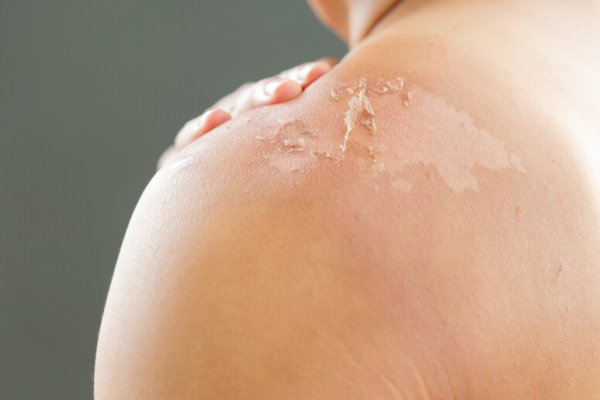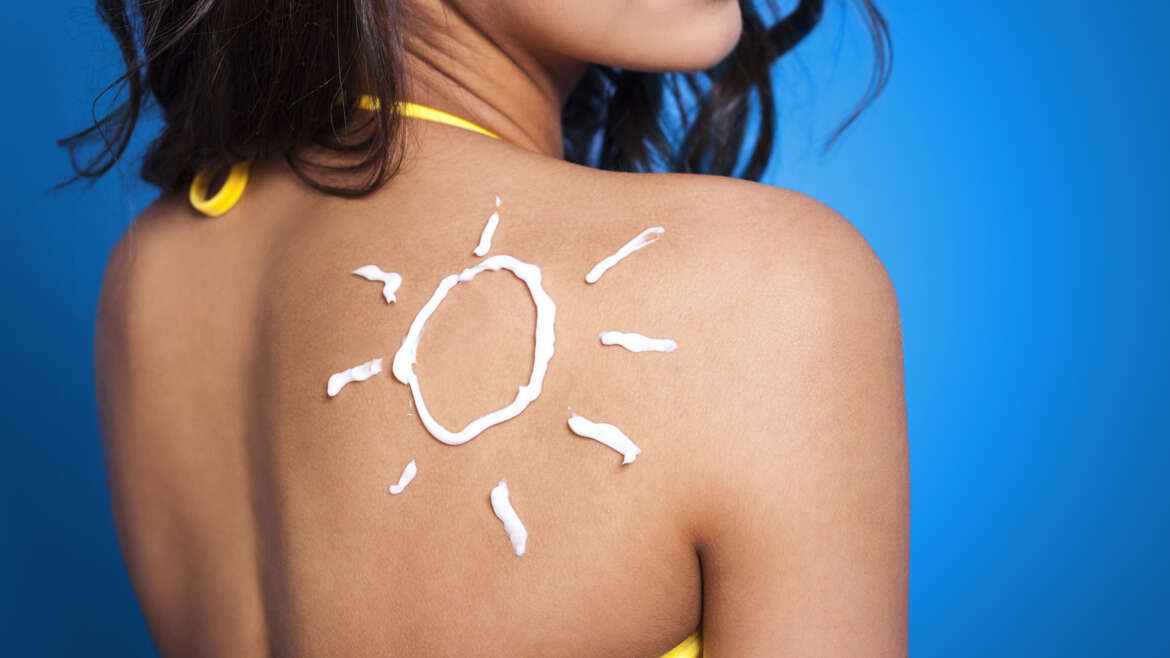It is known that long hours of sun exposure can cause sunburn. Depending on the number of layers of skin damaged by sunlight, burns are divided into first, second or third degree burns. But this is not the most harmful effect of the sun on the skin.
It has now been proven by many laboratory and epidemiological studies that exposure to sunlight is associated with the appearance of benign skin lesions, radial hyperkeratosis, but also with skin cancer, photocarcinogenesis.
Most often, basal cell and squamous cell carcinomas develop, which are malignant tumors of the skin that, however, are found only in it and usually do not get intoxicated in other organs of the body.
The least common malignancy of the skin, and perhaps the most malignant of the body, is melanoma, which, at times, has already metastasized when diagnosed on the skin. It occurs most often on the face, upper and middle back and legs, that is, in places that are exposed to sunlight.
Also important is the effect of the sun on the appearance of those changes that lead to premature aging of the skin, photoaging.

In order to better understand the evolution of aging we distinguish two independent, clinical and biological processes, which simultaneously affect the skin and make it older, aging and photoaging. That is, while in aging there is atrophy of the skin with fine wrinkles, in photoaging there is thickening of the keratin layer of the skin, variegated (“marks”) due to the uneven distribution of melanin and deep wrinkles. The lesions of photoaging are added to those of aging.
An important precaution against the development of photoaging is, of course, photoprotection, which involves avoiding the sun and using sunscreen.
It is best to avoid exposure to sunlight during those hours when the UV content of the sun is at its highest, ie between 11 a.m. and 4 p.m. Ultraviolet radiation is reflected in about 50% of sand and 20% of water.
In clothes, the dense weave has a more important protective role and not the color, as it is widely believed, wet clothes offer less protection than dry ones, and the hat must have a sufficient cornice for shading the face.
Not all sunscreens cover the full range of ultraviolet radiation. Particles, called natural filters, are most effective because they do not absorb only a portion of the radiation, like other molecules, but reflect its entire spectrum. The combination of natural filters and chemicals, which absorb light is considered the most effective.
The index must be high enough, 30 or higher. One of the reasons is that the measurements of the protection index are made in laboratory conditions by smearing in an amount of 2 mg / cm2 of skin, here the usual amount of application is 0.5-1.3 mg / cm2 and in fact varies depending on the part of the body that apply the sunscreen (face more than feet), but also with the serene form of the product (cream, lotion, gel). That is, only for this reason should we divide the protection index indicated on the outer packaging of the cosmetic by 2 to 4.
The sunscreen should be applied at least 20 minutes before sun exposure and, if we want to maintain some real sun protection, we should repeat the application of a sufficient amount of sunscreen every 2 hours, as long as the exposure to the sun continues.
All sunscreens, even waterproof or water resistant, have at least a 50% reduction in the protection they have after diving into the sea or pool. Therefore we must reuse the sunscreen after the bath. In the water, during the bath, or after sweating (eg playing rackets on the beach) the reduction of the protection index ranges from 20 to 30%.


